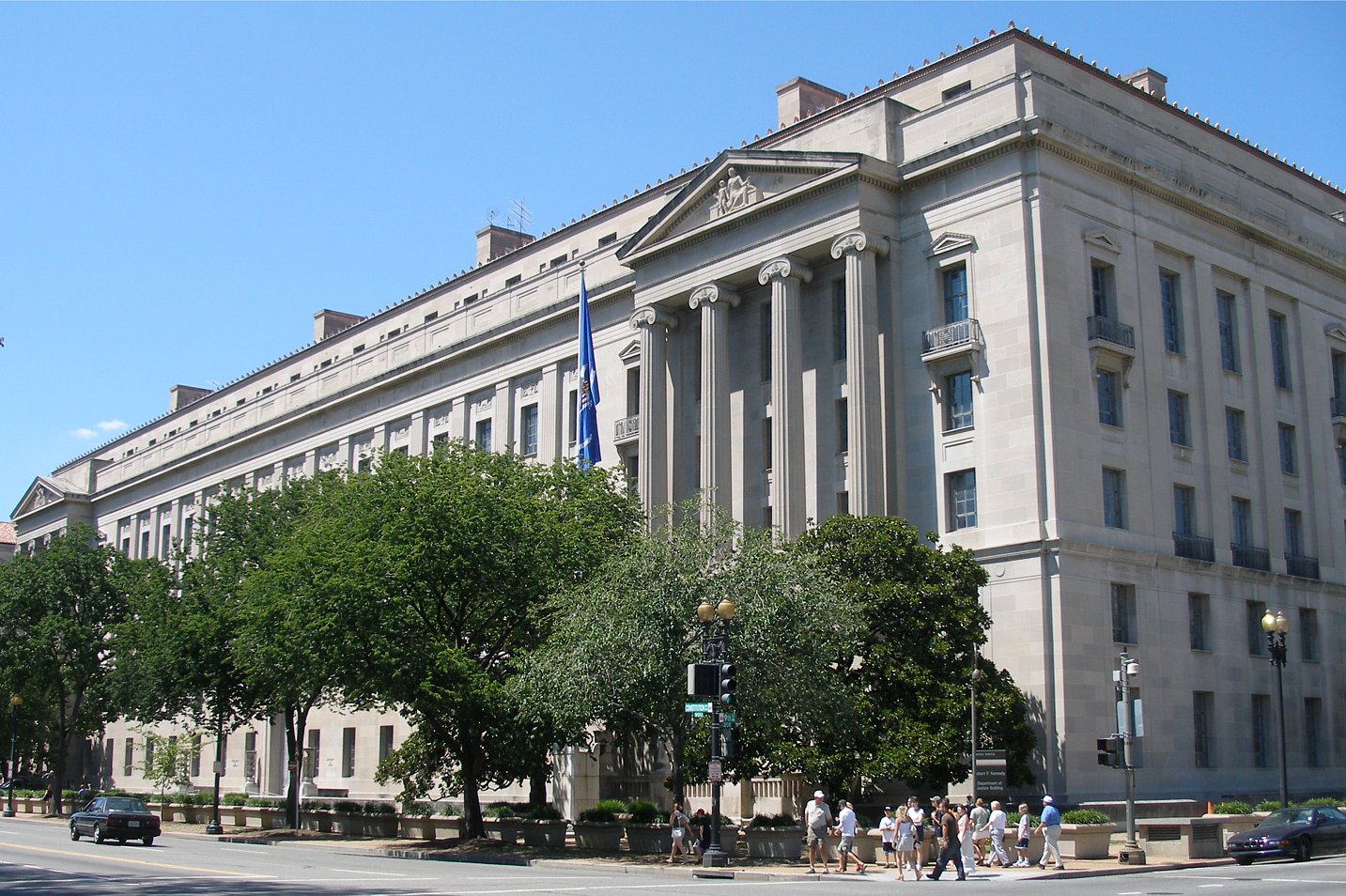Category Archives: Kitchen
- Home
- Archive by category "Kitchen" (Page 2)

Kitchens 200
“A good home must be made, not bought.
In the end, it’s not track lighting or a sun room
that brings light into a kitchen.”
Today we examine the literature that informs the safety and sustainability of small to medium-sized food preparation occupancies. Kitchenettes are often integrated into other living spaces such as gathering space on a single floor in a dormitory (unlike the full size dormitory kitchen), the teachers or faculty lounge.
Kitchenettes usually contain basic appliances and fixtures necessary for minimal food preparation, such as a small refrigerator, microwave or toaster oven, sink, and possibly a hot plate or small stove.
Kitchenettes are primarily intended for simple meal preparation and light cooking.
Kitchenettes may have limited storage capacity, requiring users to maximize space utilization through creative storage solutions.
School districts, colleges, universities and university-affiliated hospitals typically have hundreds of them; all of which present significantly elevated hazard as the focal area for nearly all activity.
They are the locus for concentrated electrical load. Our approach will be examine case studies and reflect back to the codes and standards. Use the login credentials at the upper right of our home page.
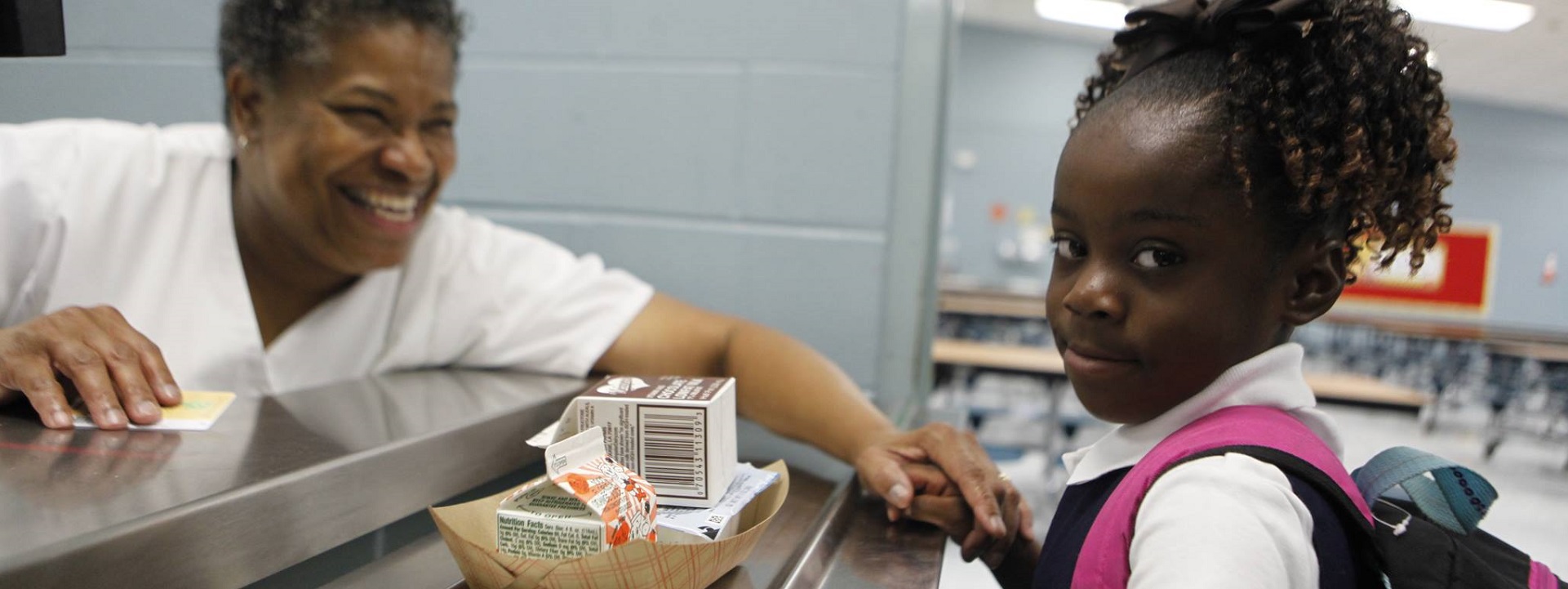
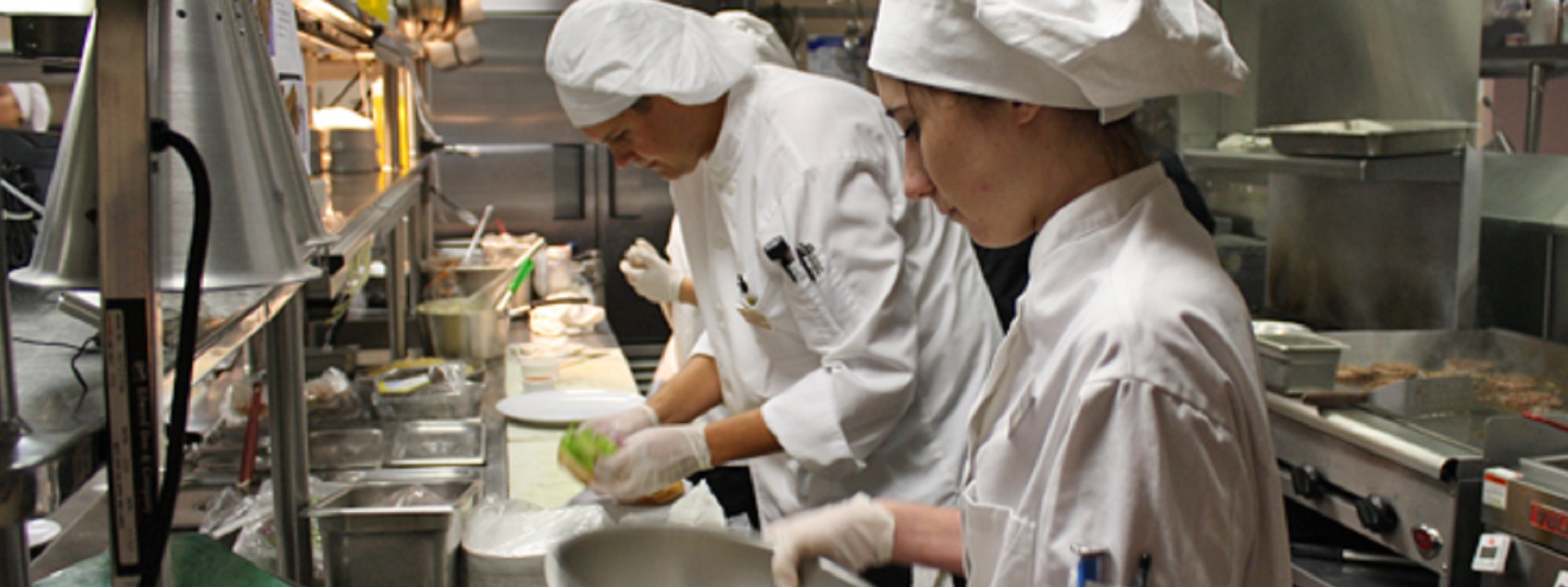
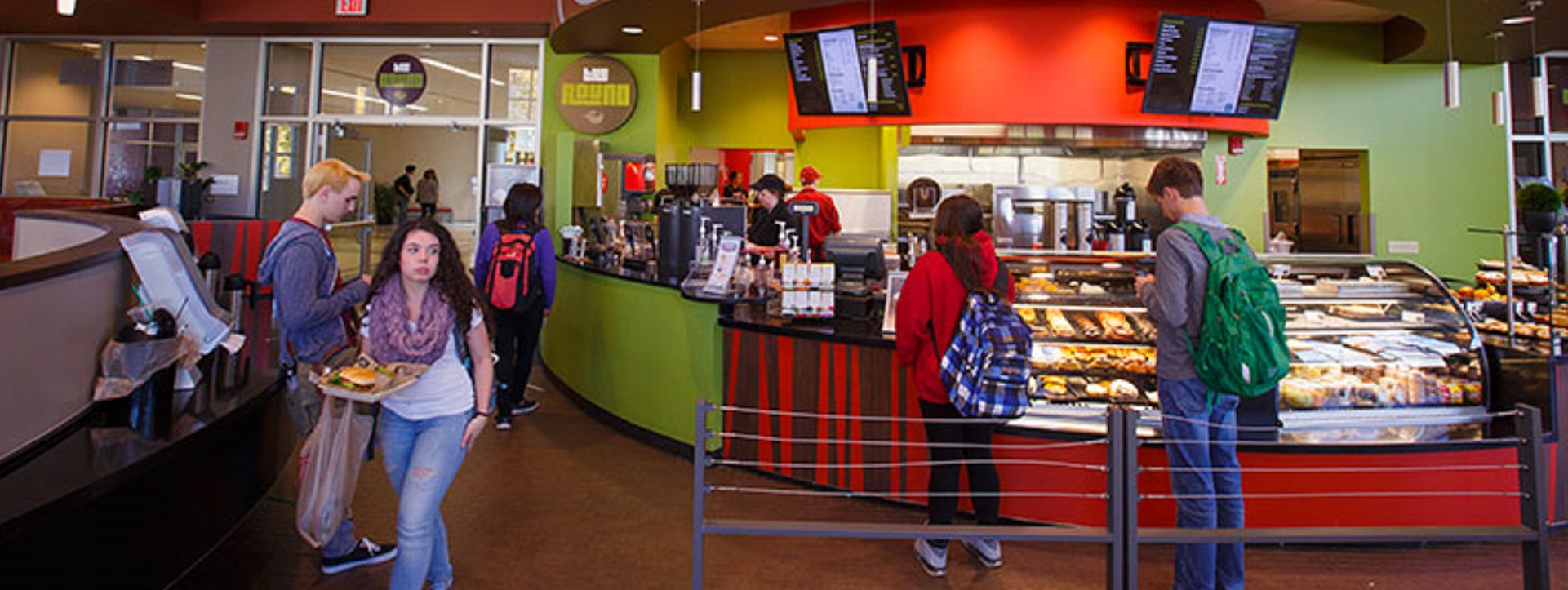
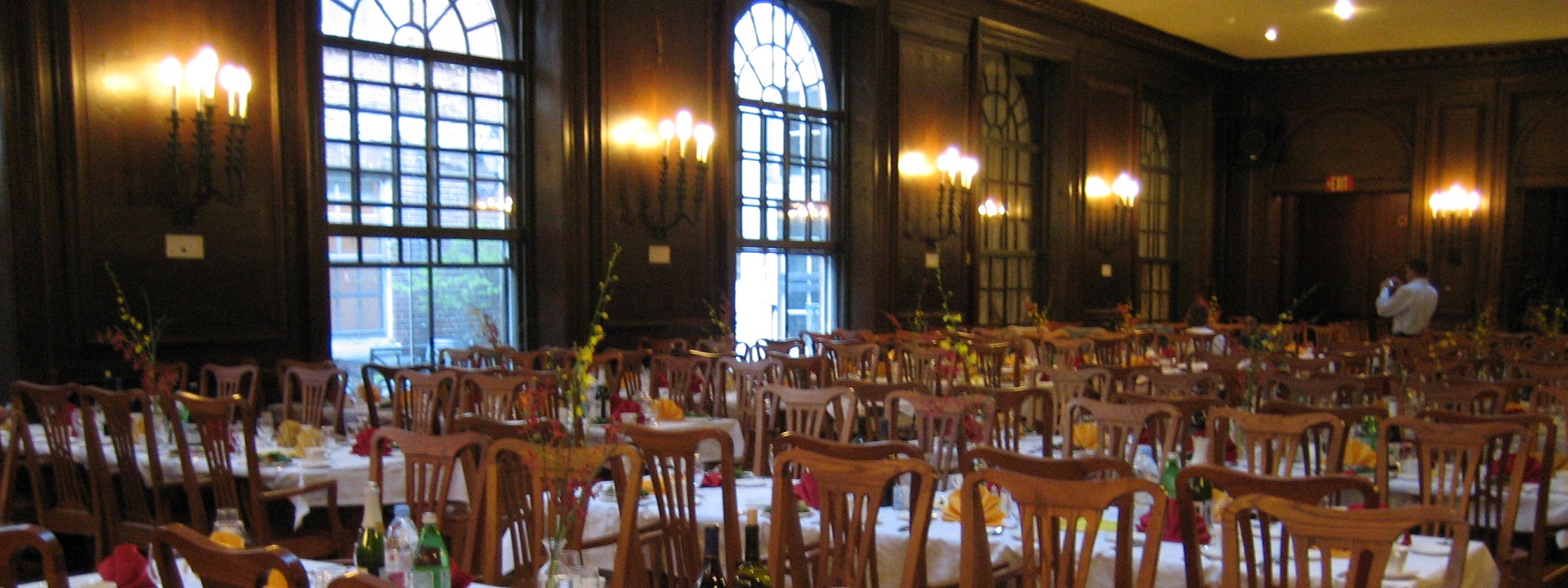


Readings:
Kitchen Dimensions: Code Requirements & NKBA Guidelines
University of North Dakota: Sanitation & Food Safety Operating Manual
The Campus Kitchen at the University of Georgia
University of Florida: An Introduction to Shared-Use Commercial Kitchens
Related:
Kitchens | Americans with Disabilities Act
Following is the current text of the Americans with Disabilities Act of 1990 (ADA), including changes made by the ADA Amendments Act of 2008 (P.L. 110-325), which became effective on January 1, 2009.
The ADA was originally enacted in public law format and later rearranged and published in the United States Code. The United States Code is divided into titles and chapters that classify laws according to their subject matter. Titles I, II, III, and V of the original law are codified in Title 42, chapter 126, of the United States Code beginning at section 12101. Title IV of the original law is codified in Title 47, chapter 5, of the United States Code. Since this codification resulted in changes in the numbering system, the Table of Contents provides the section numbers of the ADA as originally enacted in brackets after the codified section numbers and headings.
CHAPTER 126—EQUAL OPPORTUNITY FOR INDIVIDUALS WITH DISABILITIES
Kitchen Planning: Work Centers
Other words for small kitchens:
Petite kitchen
Cozy kitchen
Bijou kitchen
Lilliputian kitchen
Cramped kitchen
Intimate kitchen
Snug kitchen
Kitchen Planning: Work Centers
Kitchenettes
Small Cafe Kitchen Layout Strategy
Ensuring safety and sustainability in small kitchenettes is crucial for the well-being of individuals and the environment. While specific standards may vary by location and regulations, here is a general list of safety and sustainability standards that are commonly applicable to small kitchenettes:
- Fire Safety:
- Adequate fire suppression systems (fire extinguishers, sprinkler systems).
- Fire-resistant materials in construction.
- Proper ventilation to prevent the accumulation of smoke and fumes.
- Electrical Safety:
- Compliance with electrical codes and standards.
- Ground fault circuit interrupters (GFCIs) for electrical outlets.
- Regular inspection and maintenance of electrical appliances.
- Gas Safety:
- Installation and maintenance of gas appliances according to safety standards.
- Gas leak detection and emergency shut-off systems.
- Appliance Safety:
- Certification from relevant safety agencies for kitchen appliances.
- Proper installation and maintenance of appliances.
- Adequate spacing between appliances to prevent overheating.
- Ventilation and Air Quality:
- Effective ventilation systems to remove cooking odors, smoke, and pollutants.
- Use of energy-efficient ventilation systems to promote sustainability.
- Water Conservation:
- Low-flow faucets and water-efficient appliances.
- Regular maintenance to fix leaks promptly.
- Water-saving practices communicated to users.
- Waste Management:
- Separate bins for recycling and composting.
- Proper disposal of hazardous materials, such as cooking oils.
- Education on waste reduction and recycling practices.
- Energy Efficiency:
- Energy-efficient lighting and appliances.
- Use of natural light when possible.
- Regular maintenance of equipment to ensure optimal efficiency.
- Accessibility:
- Design considerations for individuals with disabilities.
- Clear pathways and accessible storage options.
- Hygiene and Sanitation:
- Adequate handwashing facilities.
- Regular cleaning and sanitation schedules.
- Pest control measures.
Specific requirements may vary based on the size of the kitchenette, its location, and the intended use. There are state, municipal and organizational variants on the nationally developed standards.
Mitchell Hall
Kitchen Exhaust
God walks among the pots and pans.
— Saint Teresa of Ávila c.1582
One of the concentrated risk aggregations in any school district, college, university and technical school, athletic venues and university-affiliated healthcare systems, rests in the food preparation units. On a typical large research university there are hundreds of kitchens in dormitories, student unions, athletic venues, hospitals and — to a surprising degree — kitchen facilities are showing up in classroom buildings. Kitchens that used to be located on the periphery of campus and run by private industry are now moving into instructional spaces and operated by private food service vendors.
Food preparation facilities present safety challenges that are on the same scale as district energy plants, athletic concession units, media production facilities and hospital operating rooms. There are 20 accredited standards setting organizations administering leading practice discovery in this space. Some of them concerned with fire safety; others concerned with energy conservation in kitchens, still others concerned with sanitation. The International Kitchen Exhaust Cleaning Association is one of the first names in this space and maintains an accessible standards development home page; linked below:
The IKECA catalog of titles establish a standard of care for cleaning activity that fills gaps in related ASHRAE, ASME, ICC and NFPA titles. For example:
IKECA I10 Standard for the Methodology for Inspection of Commercial Kitchen Exhaust Systems
IKECA C10 Standard for the Methodology for Cleaning Commercial Kitchen Exhaust Systems
Hazards posed by un-maintained exhaust systems are covered in the NFPA Report: Structure Fires in Eating and Drinking Establishments
We encourage subject matter experts in food enterprises in the education industry to communicate directly with John Dixon at IKCEA (jdixon@fernley.com) or Elizabeth Franks, (215) 320-3876, information@ikeca.org, International Kitchen Exhaust Cleaning Association, 100 North 20th Street, Suite 400, Philadelphia, PA 19103.
We are happy to get specific about how the IKECA suite contributes to lower education community cost during our Food teleconferences. See our CALENDAR for the next online meeting; open to everyone.
Issue: [18-24]
Category: Facility Asset Management
Colleagues: Larry Spielvogel, Richard Robben
LEARN MORE:
Dormitories, Fraternities, Sororities and Barracks
Keele University “Look When You Cook”
Commercial Kitchen Ventilation
Traps, Interceptors and Separators
New update alert! The 2022 update to the Trademark Assignment Dataset is now available online. Find 1.29 million trademark assignments, involving 2.28 million unique trademark properties issued by the USPTO between March 1952 and January 2023: https://t.co/njrDAbSpwB pic.twitter.com/GkAXrHoQ9T
— USPTO (@uspto) July 13, 2023
Standards Michigan Group, LLC
2723 South State Street | Suite 150
Ann Arbor, MI 48104 USA
888-746-3670







